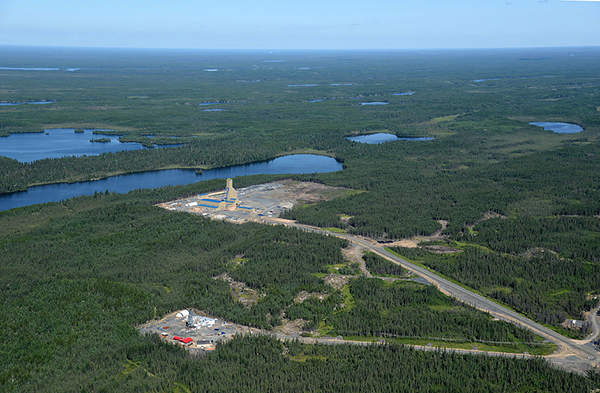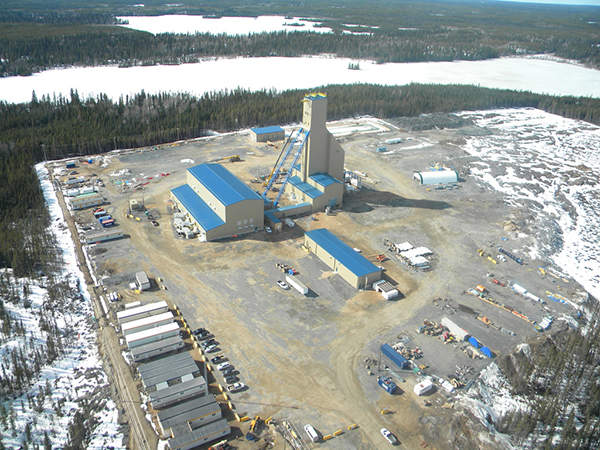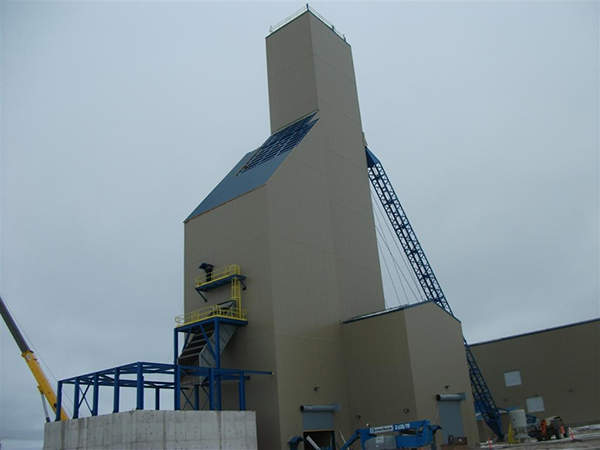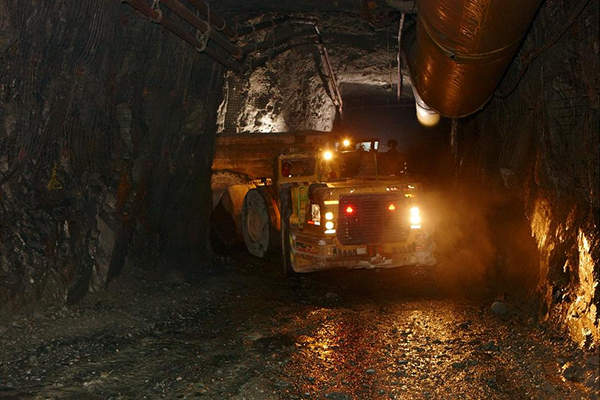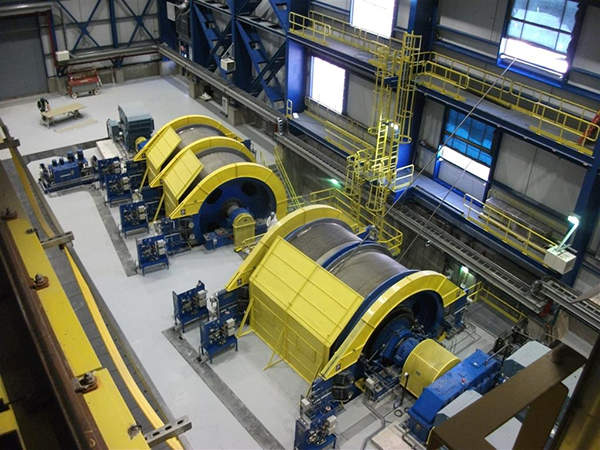The Lalor Project is a gold and zinc mine located in the Flin Flon Greenstone Belt in Manitoba, Canada. The mine is 100% owned and operated by Hudbay Minerals. It is spread across an area of 916ha, approximately 3km from Hudbay’s Chisel North mine.
Lalor is considered as one of the largest deposits in the region. It was developed as an underground operation. It is expected to increase Hudbay’s gold and zinc production by 55%.
Development of the mine has been fast-tracked. Initial production started in the second quarter of 2012 at the rate of 1,500t each day. The commercial production was achieved in the third quarter of 2014. It is estimated to have a production life of 20 years.
Lalor geology and reserves
The Lalor deposit lies along a stratigraphic horizon in the Flin Flon Greenstone Belt. The top of the deposit is located near a decollement contact featuring overturned hanging wall rocks. The rock units of the hanging wall include mafic and felsic volcanic rocks, mafic to felsic volcaniclastic units, crystal tuff units and fragmental units.
The footwall rocks are hydrothermally altered and metamorphic recrystallisation has created mineral assemblages. These assemblages include chlorite dominant schists, sericite dominant schists and cordierite-anthophyllite gneisses.
As of January 2016, Lalor base metal probable reserves are estimated to be 7.83 million tons (Mt) graded at 2.18g/t of Au, 25.33g/t of Ag, 0.82% of Cu and 6.06% of Zn.
Lalor gold zone probable reserves are estimated to be 1.49Mt graded at 5.26g/t Au, 28.79g/t Ag, 0.35% Cu and 0.38% Zn.
Mineralisation at the Canadian mine
Stacked mineralised zones 3m to 17m-thick have been identified at the mine. Six zones are of the base metal, five are gold bearing zones and one is a copper bearing zone.
Mineralisation at Lalor occurs in the form of disseminated to solid sulphides which include medium to coarse grained sphalerite, pyrite, chalcopyrite and arsenopyrite. The mineralisation is flat lying and trends 260° to 310° and dips 10° to 30° to the north.
Exploration and drilling at Hudbay’s project
Lalor was discovered in 2007 by a discovery hole which intersected a zinc-rich metal zone. Since then, the deposit has been explored extensively confirming the presence of several base metal zones.
In 2008, drilling activities led to the discovery of a gold-bearing zone much deeper than the base metals zone. A high grade copper-gold zone was discovered in 2009. These zones are located at depths of more than 1,200m. As a result, surface exploration drilling has met with limited success in defining the grade and distribution of the zones.
In 2011, drilling activities were carried out to identify peripheral targets near the Lalor deposit. Drilling was continued in 2012 to expand the copper-zinc and copper-gold targets.
Mining and processing of Lalor’s ore
The mine is accessed through an underground ramp from the Chisel North mine. The underground infrastructure includes main levels, ore and waste raises, ventilation raises and rockbreaker stations. Construction of the ramp was completed in early 2012.
A 6.1m diameter ventilation shaft at a depth of 835m is providing air flow into the mine. Sinking of the shaft was completed in the second quarter of 2012.
Post pillar cut and fill method is being used to carry out mining. Ore and waste were initially hoisted up from the ventilation shaft and processed at the Snow Lake concentrator. These facilities were used until construction of the production shaft and new concentrator was completed in late 2014.
The production shaft was sunk to a depth of 985m. It became operational in the third quarter of 2014.
Contractors involved and developments
Redpath Group was contracted to construct the ventilation shaft for the project. Dumas Mining is responsible for construction of the production shaft. DavyMarkham designed, manufactured and supplied three mine hoists for the project.
Hudbay carried out underground definition drilling at Lalor between 2014 and 2015. Ramp and lateral development on various levels were also carried out during this period to ensure continuous production.

